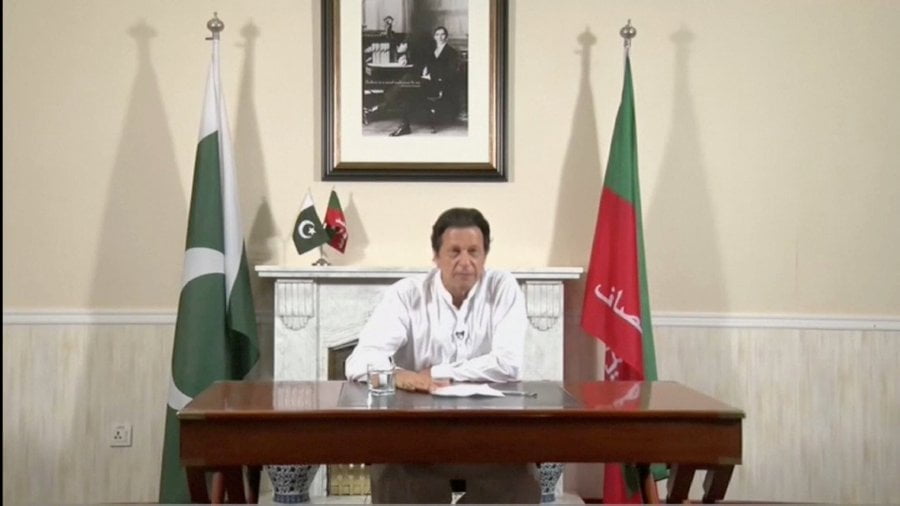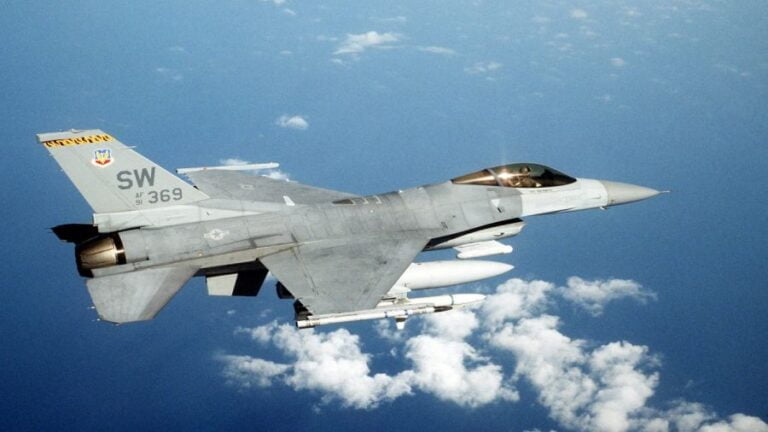China Raps India Over Doklam Standoff, But Dogs Are On Leash
The Chinese Foreign Ministry released a position paper on Wednesday laying out the “facts” in relation to the six week-old standoff with India in the Sikkim border region.
In a nutshell, the document – supported by maps and photographs – recounts that, on June 18, 270 Indian troops, driving two bulldozers, crossed the international border with China at the Doka La mountain pass to obstruct road-building on the Chinese side.
They pitched tents there and refused to withdraw despite repeated Chinese demands at various levels. The document alleges that:
- Indian forces illegally crossed into Chinese territory in an area where there is a “clear and delimited boundary,” in an attempt to “change the status quo of the boundary.” This undermines the peace and tranquility of the border area and runs counter to international law and the relevant UN guidelines on the inadmissibility of “invasion or attack” on the territory of another country.
- Indian border troops have been obstructing Chinese border patrols in recent years and have attempted to build border installations across the boundary “time and again” with a view to changing “the status quo of the China-India boundary” in the Sikkim sector, thus posing a “grave security threat” to China.
What could be the motivation in bringing out such a document? First and foremost, China hopes to influence international opinion – and embarrass India.
Secondly, China reiterates that on the question of territorial sovereignty there can be no compromise and Indian forces must unconditionally withdraw. The document takes note that the Indian forces have thinned out from a peak strength of 400 troops to 40 as of end-July. Has India withdrawn its troops or is it only a partial drawdown? There has been no word from the Indian side.
In fact, China is poking New Delhi to say something – anything. So far it has been evasive.
New Delhi faces a quandary. If an Indian withdrawal has taken place or a drawdown is under way, the government’s core constituency of ultra-nationalists who have been seeking revenge for defeat in the 1962 war will feel let down. They were demanding a “short, intense war” in which the Indian Army gave the PLA a bloody nose.
On the other hand, the Chinese document signals that something has to give way soon and Beijing will not compromise on its demand for an unconditional, immediate Indian troop withdrawal. New Delhi cannot ignore the implicit warning.
The document suggests that it will be in the “fundamental interests” of the two countries that the Indian government orders a thorough investigation into the entire episode – hinting that some interest groups within the Indian establishment might have deliberately precipitated the crisis.
Clearly, Beijing has drawn some firm conclusions. A recent visit by India’s National Security Advisor, Ajit Doval, apparently cut no ice.
However, the bottom line is about the China-Bhutan-India triangle. The document states that China and Bhutan have conducted joint surveys in the border area and have reached a “basic consensus on the actual state of the border area and the alignment of their boundary.” All that remains is the formal delimitation of the border.
In a sharply-worded passage, the Chinese document states: “The China-Bhutan boundary issue is one between China and Bhutan. It has nothing to do with India. As a third party, India has no right to interfere in or impede the boundary talks between China and Bhutan, still less the right to make territorial claims on Bhutan’s behalf. India’s intrusion into the Chinese territory under the pretext of Bhutan has not only violated China’s territorial sovereignty but also challenged Bhutan’s sovereignty and independence… China will continue to work with Bhutan to resolve the boundary issue between the two countries through negotiations and consultations in the absence of external interference.”
Arguably, the overall tone is chastising of India for its lack of maturity or foresight. Make no mistake, however, that the gauntlet has been thrown at India over its ties with Bhutan
The above passage exudes an extraordinary degree of confidence that there is a mutual desire in Beijing and Thimpu to develop bilateral relations. Of course, Beijing rejects any notion of Bhutan being an Indian protectorate.
Interestingly, Bhutan’s ambassador to India, Vetsop Namgyel, attended an event at the Chinese embassy in New Delhi on Tuesday to mark the 90th anniversary of the founding of the People’s Liberation Army – although Bhutan does not have diplomatic ties with China and it is rare for an ambassador to attend an armed forces day in a foreign embassy. A subtle signal of Bhutanese goodwill to China was unmistakable.
Bhutan has not said a word so far to the effect that it ever sought an Indian military intervention at Doklam or had prior knowledge of the Indian troops appearing on the Bhutan-China border. Thimpu perhaps decided that actions speak louder than words, as the Bhutanese ambassador’s presence at the Chinese embassy reception testifies.
All in all, the good part is that the dogs of war are still on leash. The Chinese document shows no trace of real belligerence. The intention seems to be to ensure that India draws down its remaining 40 troops at Doklam. Arguably, the overall tone is chastising of India for its lack of maturity or foresight. Make no mistake, however, that the gauntlet has been thrown at India over its ties with Bhutan. New Delhi has been left guessing about the state of play of China-Bhutan dialogue. And that could be the single most far-reaching outcome of the standoff at Sikkim.
By M.K. Bhadrakumar
Source: Asia Times







